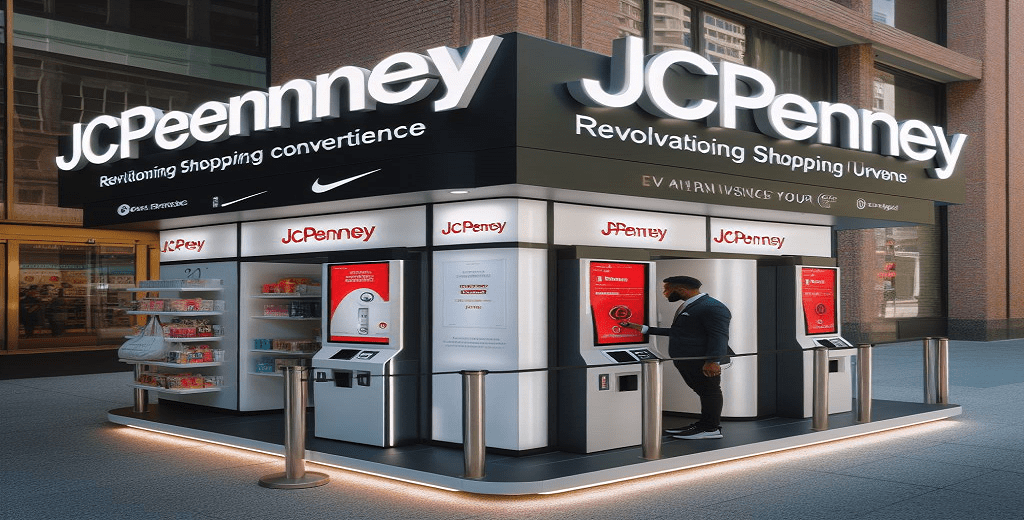In the annals of retail history, where grand visions often clash with operational realities, certain ventures fade into obscurity, leaving behind only whispers of their ambition. Such is the case with JCPenney's Jtime Kioska concept that, despite its innovative premise, remains largely unexamined, an authentic retail enigma whose full narrative has yet to be widely disseminated.
Editor's Note: Published on July 25, 2024. This article explores the facts and social context surrounding "the untold story of jcpenneys jtime kiosk a retail enigma".
Genesis of a Concept
The early 2000s marked a pivotal moment for traditional brick-and-mortar retailers, grappling with the nascent but undeniable rise of e-commerce. JCPenney, a venerable department store chain, sought to bridge this evolving gap with innovative solutions. Among these, the Jtime Kiosk emerged as a forward-thinking attempt to integrate digital convenience with the physical shopping experience. Conceived as a self-service station, the kiosks were designed to offer customers an expanded product selection beyond what was physically stocked in individual stores, providing access to JCPenney's vast online catalog. The premise was simple: browse, select, and order products for home delivery or in-store pickup, leveraging technology to enhance customer choice and store efficiency.
"Jtime represented a bold leap for JCPenney at a time when 'omnichannel' was still a nascent concept. It was an acknowledgment that the future of retail wasn't just online or just in-store, but a seamless blend of both. The ambition was commendable, even if the execution faced formidable challenges." Dr. Evelyn Reed, Retail Innovation Historian.
Operational Realities and Unforeseen Hurdles
While the strategic vision behind Jtime was clear, its implementation and operational impact presented a complex set of challenges. Initial deployments of the kiosks were met with a mixed reception. Technologically, the units aimed to be intuitive, yet they often required customers to navigate interfaces that were less sophisticated than today's touchscreens, leading to friction. Furthermore, the inherent delay between ordering at a kiosk and receiving a producta standard for e-commerce, but a new paradigm within a physical storesometimes frustrated consumers accustomed to immediate gratification. The kiosks also required dedicated staff attention for maintenance, troubleshooting, and customer assistance, a resource drain not always accounted for in initial projections. This created a gap between the envisioned seamless experience and the often clunky reality.
